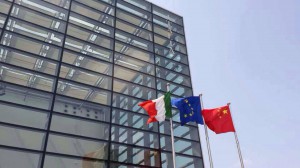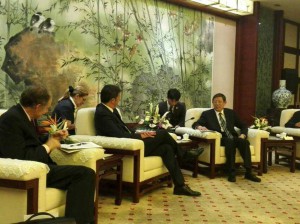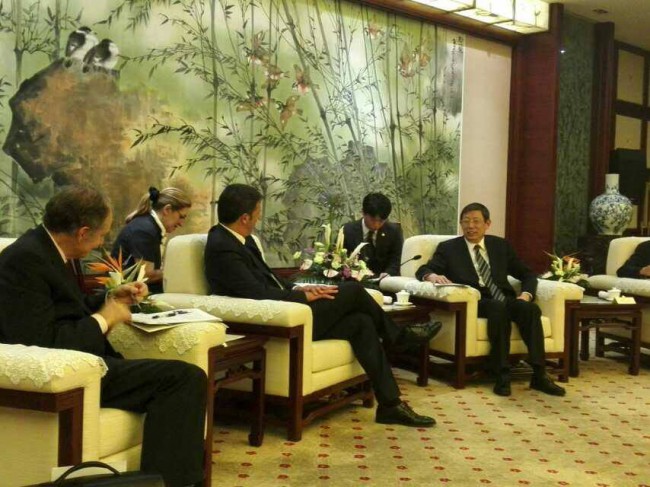ASEM SUMMIT: THUS VIEWED THE MEETING IN CHINA, BY PEOPLE.CN

 Taken from www.people.cn
Taken from www.people.cn
The 10th Europe-Asia Meeting (ASEM) held in Italy on Thursday and Friday ended with an enhanced will to exploit vast untapped potential in the relations between China and the European Union (EU), Italian experts said.
Dialogues amongst leaders from the two continents who met in Italy, the current rotating presidency of the Council of the EU, was an occasion for China to seek stronger ties with EU partners, Thomas Rosenthal, head of strategy and external relations at the Italy-China Foundation, said.
The EU and China are two of the biggest traders in the world. According to EU estimates, China is now the EU’s second trading partner behind the United States and the EU is China’s biggest trading partner.
But although China-EU trade has increased significantly in recent years, the EU records show a consistent trade deficit with China and investment flows that are well below the potential, especially when taking into account the size of the two continents’ economies.
“China is both a driver of the world’s globalization and a follower country eager to exchange experiences and pursue economic cooperation with EU partners,” Rosenthal said. “But the EU member states’ internal divisions and consequent inability to show a unique political face and a common economic strategy pose big obstacles to bilateral dialogue,” he explained to Xinhua.
According to Airaldo Piva, CEO of Hengdian Group Europe and appointed as foreign expert by the Chinese government, the presence of Chinese Premier Li Keqiang at the ASEM as well as his visit to Russia, Germany and Italy were “clear signals of China’s firm desire to improve collaboration with partners and to advance a long-term international strategy.”
A closer understanding between China and the EU could play an important role in a quicker recovery of the global economy. Furthermore, it could be a good opportunity to bolster East-West cultural links and common actions on important universal issues such as poverty and food security, Piva told Xinhua.
However, not all EU member states have the same relationship with China, a fact that highlights the EU’s need to speak with a “unique voice,” Piva stressed.
While Germany is China’s largest European partner, Italy is “playing the role of Cinderella among the three countries visited by Li,” the CEO said.
“That is to say, there is a lot of potential but limited results,” he pointed out. But if Italy invests more time and resources in developing closer relations with China as other EU members have done for years and, consequently, with better results, the gap can be certainly filled, the expert suggested.
In fact, Li’s participation in the ASEM and four-day visit to Italy was a catalyst for the improvement of the China-Italy collaboration, Paola Barba, China Desk assistant manager at Intesa Sanpaolo noted.
During Li’s visit to Rome, Chinese and Italian companies signed deals worth 8 billion euros (about 10 billion U.S. dollars) in sectors including health, environment, mechanics and many others.
“I am sure that the agreements reached in these days will help boost China-Italy investments and strengthen bilateral collaboration,” Barba told Xinhua.
In her view, Li’s visit highlighted the urgency for Italians and Chinese institutions, entrepreneurs as well as young generations to “deepen mutual knowledge” through more exchanges, also at the university level.
In order to obtain satisfying results, efforts toward mutual understanding are required. “What Chinese and Italians need to do is not only find common views, but also to further gear their actions to the reciprocal specific characteristics,” she concluded. (1 euro = about 1.28 U.S. dollars)





